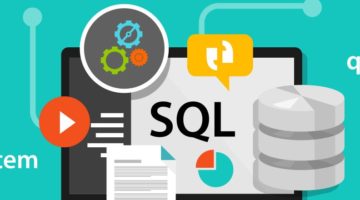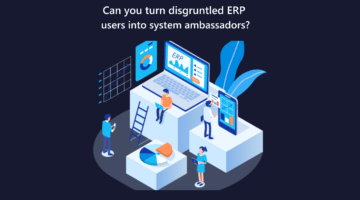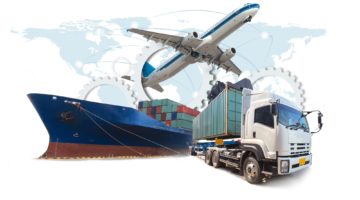In our experience, integration with other software and hardware is one of the biggest risk factors in any ERP implementation (the other is data conversion).
Many businesses seeking to implement an ERP require integration of some kind – the new ERP must share information or transactions with existing business systems; with a new product or platform that the business wishes to utilise; with customer-facing software; or with their customers’ or suppliers’ business systems. An effective integration can provide many benefits such as: reduced data duplication; increased reporting capabilities; and faster, less-error prone transactions.
Dynamics NAV is a highly extensible product, and over many years Fenwick has built a vast store of knowledge and experience that has lowered the risk of integrating NAV with all manner of other software and hardware – customer web portals; B2B and B2C e-commerce web sites; mobile web sites; specialist operations systems like those in the waste and recycling industry; pick-and-pack scanning; shipping and consignment systems; EDI ordering and invoicing; 3PL providers (3rd party logistics); business intelligence suites…the list goes on.
In some cases established integrations or ‘middleware’ can be leveraged – such as with Dynamics CRM or Salesforce – but in other instances, the system that needs to communicate with NAV does not provide out-of-the-box integration. Given our experience we work with our clients to carefully plan the integration with both middleware platforms and custom-developed interfaces.
There are many integration methods, including web services; SQL; EDI formats; XML or flat file exchange; and SMTP/POP e-mail, that we work with. Where there is risk there’s also a challenge, and we enjoy the challenge of coming up with excellent solutions and advice appropriate to each business’s unique requirements and environment.







